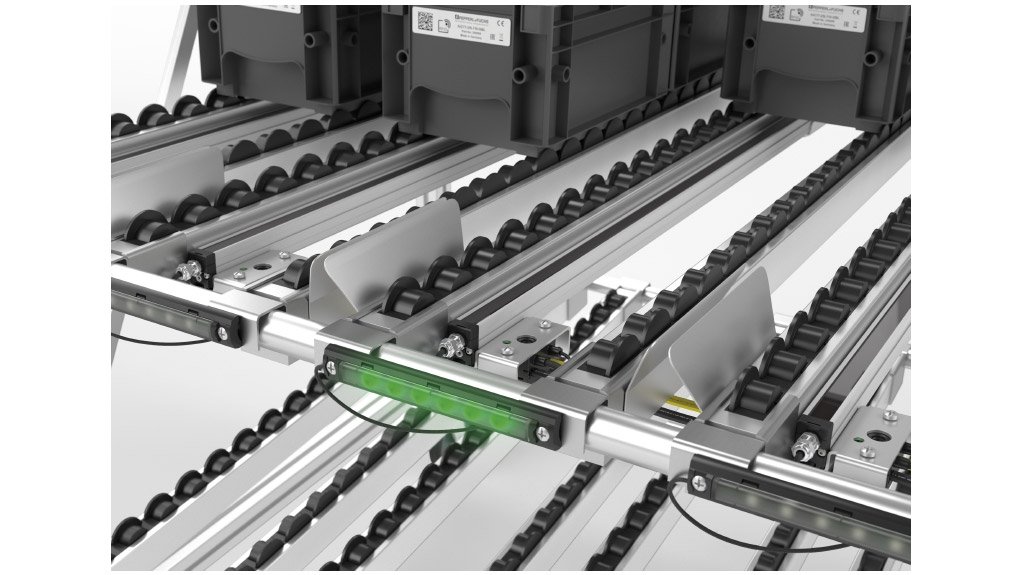
Put-to-light LED, optical sensor rail, and lane controller as components of a digital Kanban system
Kanban-controlled production and material flows are taken to a completely digital level with an intelligent combination of optical sensors, identification systems, and modern, process-oriented cloud software. The associated end-to-end automation means shorter replenishment lead times, improved transparency of the overall process, and increased process quality. Clean interfaces and a modular software architecture mean that the solution can be seamlessly integrated into existing IT infrastructures with ERP, MES, or WMS, or operated completely separately.
In line with the just-in-time concept of lean production, Kanban is now widely used for controlling the flow of material and information on the shop floor. However, the process is still implemented using many manual steps. Workers must transport paper cards or perform manual scans using barcode or RFID readers. An intelligent combination of optical sensors, identification systems, and modern, process-oriented cloud software takes Kanban to a completely digital level. Racks in interim storage areas and PSAs can be digitally enhanced to detect and process material movements. Because all components are user-friendly and easy to install, the solution can be integrated both into an initial design for greenfield production systems and retrofitted in existing logistics infrastructures. A fully digital Kanban management system that is created in this way provides in-depth transparency of material flows throughout production in real time. Time-consuming and error-prone manual recording of statuses is eliminated and the replenishment lead time is reduced.